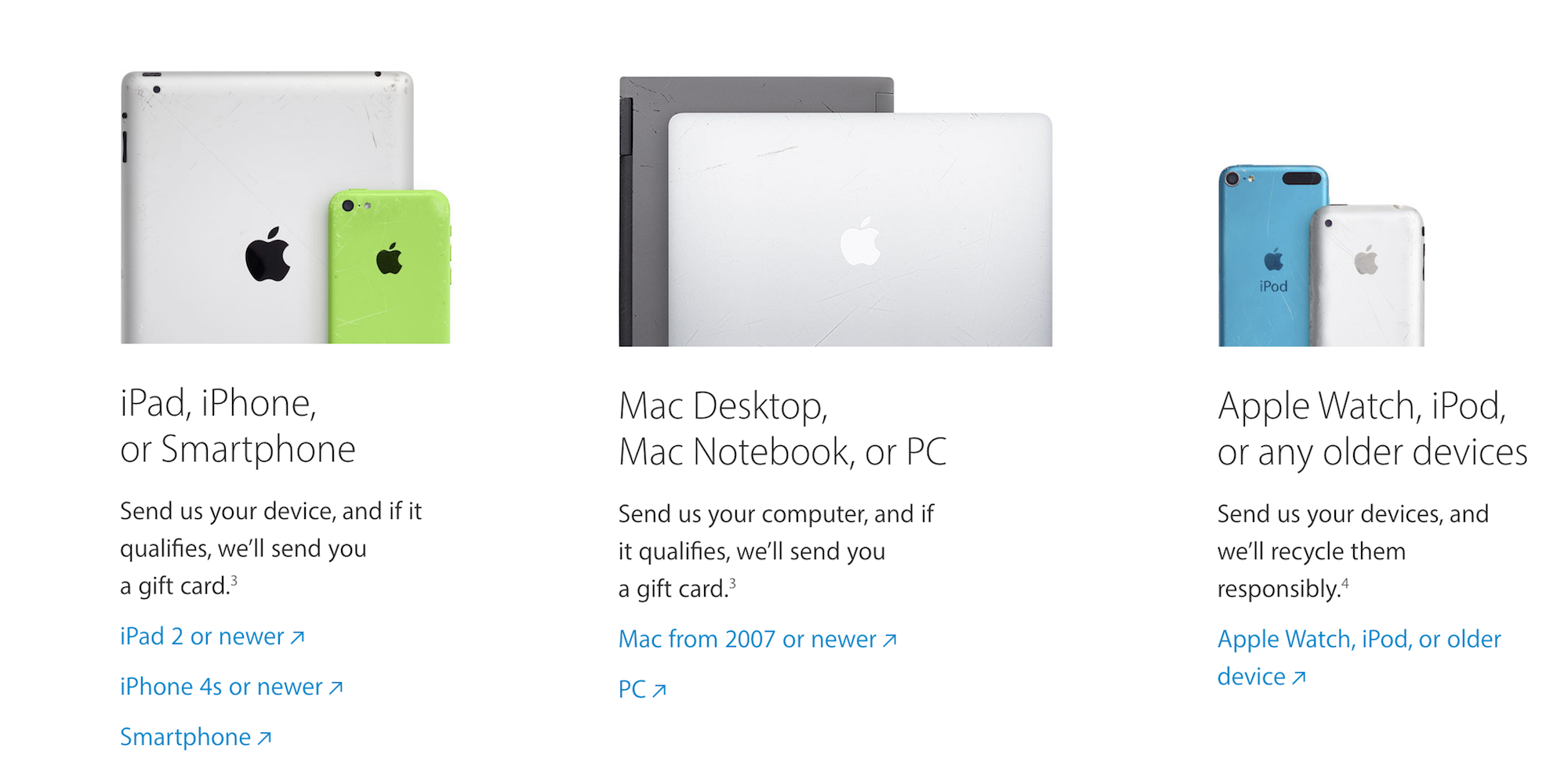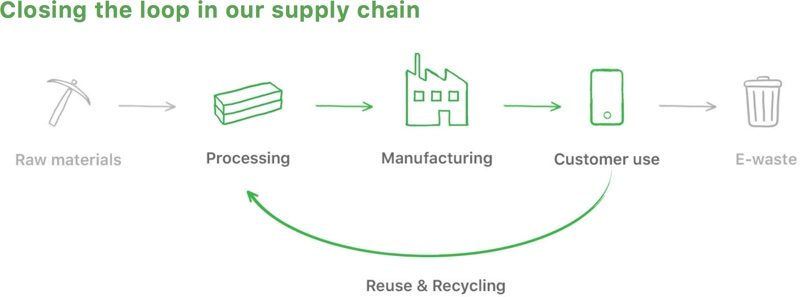

In his 2015 book The Elements of Power, Abraham points out that mining all those elements from scratch takes a lot of energy - but so does recycling them. “We interact with these metals all the time, without thinking about it,” says David Abraham, leader of the policy think tank Technology, Rare and Electronics Materials Center and a former commodities trader. Indium forms a transparent conductive layer on the touchscreen, europium produces the red color of your screen display, and so on. There’s lithium and cobalt in the battery, and neodymium, a “rare-earth element,” in the magnets that make it hum and buzz. There’s gold and copper in the body and circuitry of the iPhone. Those materials have been extracted from raw earth and refined through processes and supply chains that wrap the globe. There are more than 70 different elements in a modern smartphone - that’s nearly two-thirds of the periodic table in the palm of your hand. Recycling electronics has always been messy, and it’s only getting messier as our devices get smaller and more complicated.

And the company is ahead of the curve when it comes to taking responsibility for the waste stream generated each time the company releases a new phone.īut when you find your smartphone getting on in years, there’s a better option than giving it to a robot. The Renew approach is better than letting electronics, with their resource-intensive combination of precious metals and finely-wrought technology, sit in a drawer or a landfill. According to Apple’s latest environmental responsibility report, the average Apple product takes 252 pounds of CO2 to make - and 77 percent of the company’s total greenhouse gas production comes from manufacturing. What’s more, all the energy that went into mining, refining, manufacturing, shipping, and assembling those materials evaporates.
#APPLE RECYCLE CRACKED#
Screens that could have replaced cracked ones, lending a few years of life to an older phone, are pulverized, and the trace amounts of the minerals that make them work are lost as so much dust. When Apple destroys your old device, plenty of perfectly functional computer processing chips and cameras that could live on - whether in refurbished phones, toy pianos, hobby drones, or smart appliances - get melted down. Because Apple has a proprietary interest in keeping decommissioned or counterfeit iPhones off the market, it imposes a “full-destruction” policy on its recycling partners - which means that some components that could be reused wind up destroyed instead. But there’s a commercial interest at work here, too, and - sorry Liam - handing your old devices over to the company that made them might not be the best option for you or the planet.


 0 kommentar(er)
0 kommentar(er)
